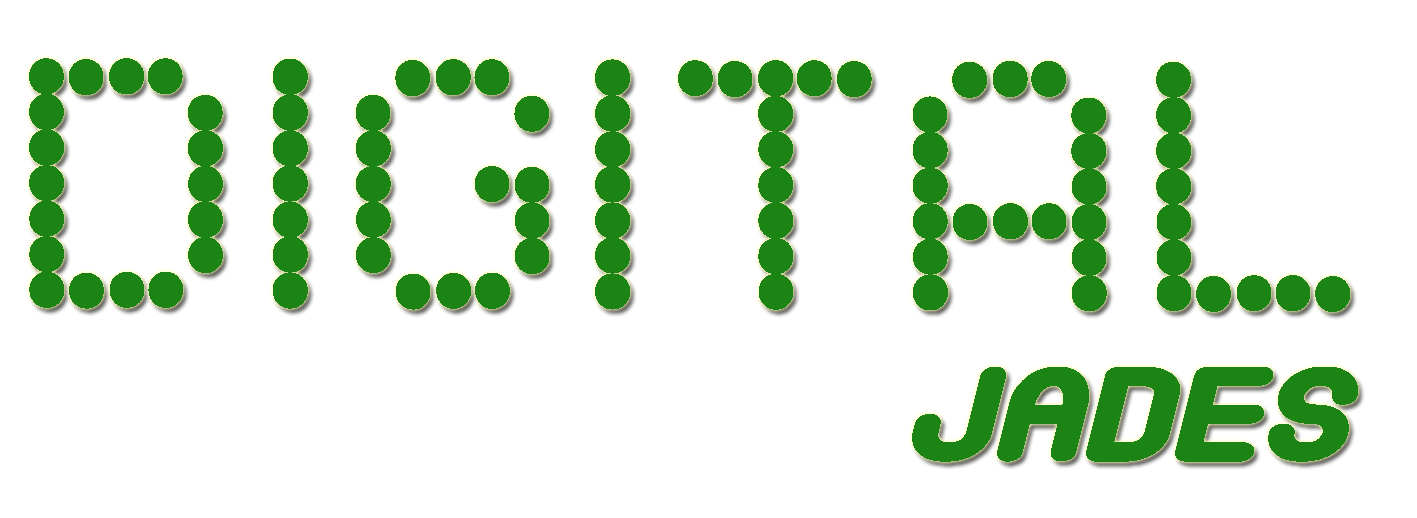When it comes to printing custom designs on various materials, two popular methods are sublimation printing and heat transfer printing. This article explores the differences between sublimation printers and heat transfer and examines the pros and cons of sublimation vs heat transfer to help you determine which method is best for your needs.
Understanding Sublimation Print
Sublimation printing involves transferring dye onto materials using heat. The dye turns into a gas without passing through a liquid state and bonds with the material at a molecular level. This process results in vibrant, durable prints that are resistant to fading and peeling. Sublimation is commonly used for printing on polyester fabrics, ceramics, and coated metals.
Understanding Heat Transfer Printing
Heat transfer printing, on the other hand, involves printing a design onto a special transfer paper and then using heat to transfer the design onto the desired material. This method can be used on a wide variety of substrates, including cotton, polyester, and blends. Heat transfer is versatile and allows for intricate designs with multiple colors.
Print Quality and Durability
When comparing sublimation printing vs heat transfer printing, print quality and durability are key considerations. Sublimation prints are known for their vibrant colors and high level of detail. The prints are embedded into the material, making them highly durable and resistant to washing and wear. Heat transfer prints can also be high quality, but they may not be as durable, especially after multiple washes. Over time, heat transfer prints may crack, peel, or fade.
Material Compatibility
Material compatibility is another significant difference between the two methods. Sublimation printing is best suited for polyester fabrics and items with a special sublimation coating. It’s not suitable for cotton or dark-colored materials. Heat transfer printing is more versatile in this regard, as it can be used on a wider range of fabrics, including cotton and dark colors.
Ease of Use and Setup
Both sublimation and heat transfer printing require specific equipment and materials. Sublimation printing typically requires a sublimation printer, special inks, and substrates with a sublimation coating. Heat transfer printing requires a standard inkjet or laser printer, transfer paper, and a heat press. In terms of ease of use, heat transfer printing is often considered more straightforward, especially for beginners, as it uses more common equipment.
Cost Considerations
Cost is an important factor when deciding between sublimation printing vs heat transfer printing. Sublimation printing can be more expensive initially due to the cost of the printer and specialized inks. However, it can be more cost-effective in the long run for large production runs due to the durability of the prints. Heat transfer printing has a lower initial investment, making it more accessible for small businesses or hobbyists. However, the cost of transfer paper and the potential for less durable prints may add up over time.
Pros and Cons
Sublimation Printing Pros:
- High-quality, vibrant prints
- Durable and long-lasting
- Ideal for polyester and coated materials
Sublimation Printing Cons:
- Higher initial cost
- Limited to specific materials
Heat Transfer Printing Pros:
- Versatile, works on various materials
- Lower initial cost
- Suitable for small runs and intricate designs
Heat Transfer Printing Cons:
- Potential for prints to crack or fade
- May require more frequent replacement of transfer paper
Conclusion
Both sublimation printing and heat transfer printing have their unique advantages and limitations. The choice between the two methods depends on your specific needs, budget, and the materials you plan to use. By understanding the differences between sublimation and heat transfer and weighing the pros and cons of sublimation vs heat transfer, you can make an informed decision that best suits your printing requirements.








